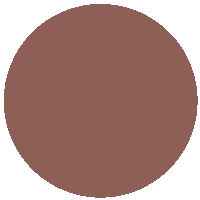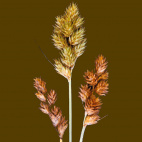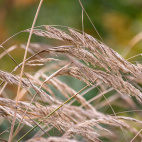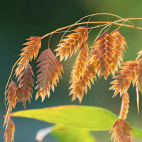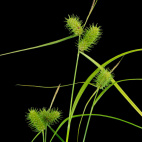Color
Availability
USDA Zone
Region
Type
Duration
Season
Germination
Soil
Sunlight
Height
Narrow Your Search
Color
Availability
USDA Zone
Region
Type
Duration
Season
Germination
Soil
Sunlight
Height
US Native Grass Seeds
The species on this page are not all technically classified as grasses, but the average gardener would probably call them "grass". Here you will find a variety of seeds of native grasses, sedges, reeds, and rushes. You might not think of grass as being as beautiful as flowers, but some of these wild grasses really are beautiful in their own way. Many of the native prairie grasses turn color in autumn, and the rusty bronze color of the stems adds a real fall aura to the planting. Winter birds benefit from the wild grass seeds, and small animals use the thick undergrowth for cover. The biomass of the grass is also the primary source for fuel when a prairie planting undergoes a planned burn.
-
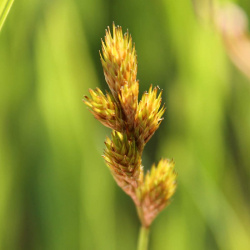 Bebb's Oval Sedge Seeds
Carex bebbii
Because it thrives in marshy and wet areas, this attractive sedge has become a crucial plant for wetland restoration. This cool-season native perennial needs a lot of sunlight and bears distinct, bristly seed heads, which the birds find attractive.Quick View$3.48 Pkt - $58.00 / Oz
Bebb's Oval Sedge Seeds
Carex bebbii
Because it thrives in marshy and wet areas, this attractive sedge has become a crucial plant for wetland restoration. This cool-season native perennial needs a lot of sunlight and bears distinct, bristly seed heads, which the birds find attractive.Quick View$3.48 Pkt - $58.00 / Oz -
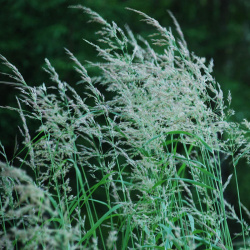 Blue Joint Grass Seeds
Calamagrostis canadensis
A valuable wetlands restoration species, this grass is the most frequent associate of sedges. It grows into a dense patch of grass with lots of fibrous roots, so it is an excellent option for strengthening stream banks or shoreline restoration work.Quick View$3.75 Pkt - $100.00 / Oz
Blue Joint Grass Seeds
Calamagrostis canadensis
A valuable wetlands restoration species, this grass is the most frequent associate of sedges. It grows into a dense patch of grass with lots of fibrous roots, so it is an excellent option for strengthening stream banks or shoreline restoration work.Quick View$3.75 Pkt - $100.00 / Oz -
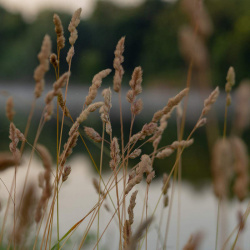 On Sale!
Brown Fox Sedge Seeds
Carex vulpinoidea
With seedheads resembling bushy fox tails, this native sedge is one of the most common members of the Sedge family. It is highly adaptable to either sun or shade and is often seen growing over large marshy areas.Quick Viewx
On Sale!
Brown Fox Sedge Seeds
Carex vulpinoidea
With seedheads resembling bushy fox tails, this native sedge is one of the most common members of the Sedge family. It is highly adaptable to either sun or shade and is often seen growing over large marshy areas.Quick ViewxBrown Fox Sedge Seeds
Carex vulpinoidea
With seedheads resembling bushy fox tails, this native sedge is one of the most common members of the Sedge family. It is highly adaptable to either sun or shade and is often seen growing over large marshy areas.
$3.25 Pkt - $11.03 / Oz -
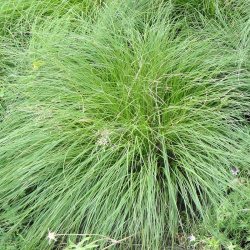 Northern Dropseed Seeds
Sporobolus heterolepis
This native perennial grass forms a big round mound of fine-textured foliage. It does not like to be soggy but can grow in most other soil conditions. This plant is a warm-season grass and is quite winter hardy.Quick View$3.48 Pkt - $24.00 / Oz
Northern Dropseed Seeds
Sporobolus heterolepis
This native perennial grass forms a big round mound of fine-textured foliage. It does not like to be soggy but can grow in most other soil conditions. This plant is a warm-season grass and is quite winter hardy.Quick View$3.48 Pkt - $24.00 / Oz -
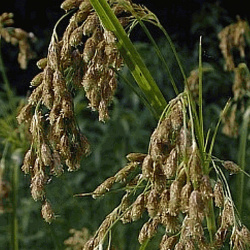 Red Bulrush Seeds
Scirpus pendulus
This adaptable native rush produces pretty nodding seed clumps on tall stems. This rush is a cool-season perennial that usually grows in wet areas, where waterfowl feed on the fresh crop of seeds each summer.Quick Viewx
Red Bulrush Seeds
Scirpus pendulus
This adaptable native rush produces pretty nodding seed clumps on tall stems. This rush is a cool-season perennial that usually grows in wet areas, where waterfowl feed on the fresh crop of seeds each summer.Quick ViewxRed Bulrush Seeds
Scirpus pendulus
This adaptable native rush produces pretty nodding seed clumps on tall stems. This rush is a cool-season perennial that usually grows in wet areas, where waterfowl feed on the fresh crop of seeds each summer.
$3.48 Pkt - $18.77 / Oz -
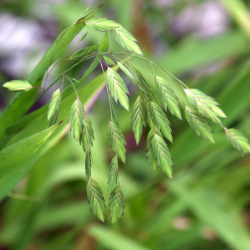 On Sale!
River Oats Seeds
Uniola latifolia
Also known as Northern Sea Oats, this perennial grass bears lovely ornamental seedheads that look like oats. This native likes a heavier soil where it can grow quickly in the heat of summer.Quick View$3.48 Pkt - $12.65 / Oz
On Sale!
River Oats Seeds
Uniola latifolia
Also known as Northern Sea Oats, this perennial grass bears lovely ornamental seedheads that look like oats. This native likes a heavier soil where it can grow quickly in the heat of summer.Quick View$3.48 Pkt - $12.65 / Oz -
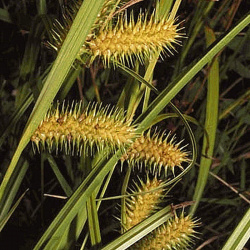 On Sale!
Sallow Sedge Seeds
Carex lurida
This native sedge prefers wet soil to produce it's yellowish spiny seed heads. This native sedge is not as common as some of its cousins but is sometimes used for native wetland restoration projects.Quick Viewx
On Sale!
Sallow Sedge Seeds
Carex lurida
This native sedge prefers wet soil to produce it's yellowish spiny seed heads. This native sedge is not as common as some of its cousins but is sometimes used for native wetland restoration projects.Quick ViewxSallow Sedge Seeds
Carex lurida
This native sedge prefers wet soil to produce it's yellowish spiny seed heads. This native sedge is not as common as some of its cousins but is sometimes used for native wetland restoration projects.
$3.48 Pkt - $16.57 / Oz
The species on this page are not all technically classified as grasses, but the average gardener would probably call them "grass". Here you will find a variety of seeds of native grasses, sedges, reeds, and rushes. You might not think of grass as being as beautiful as flowers, but some of these wild grasses really are beautiful in their own way. Many of the native prairie grasses turn color in autumn, and the rusty bronze color of the stems adds a real fall aura to the planting. Winter birds benefit from the wild grass seeds, and small animals use the thick undergrowth for cover. The biomass of the grass is also the primary source for fuel when a prairie planting undergoes a planned burn.
